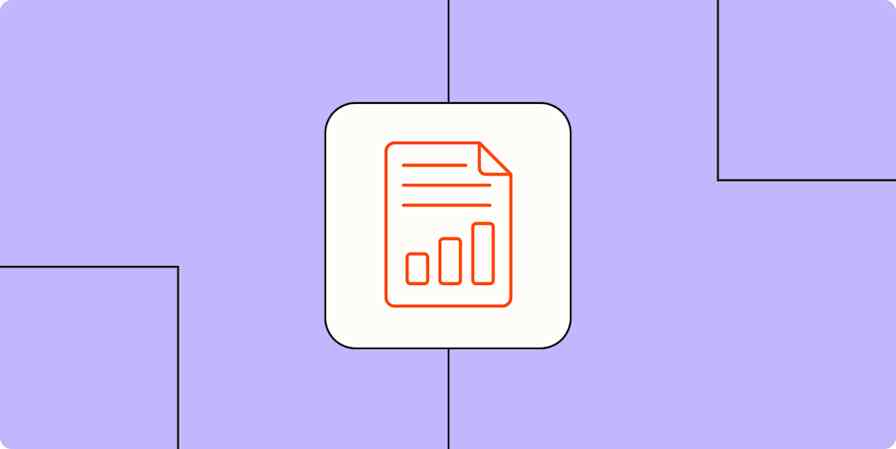Business tips
5 min readHow to find product-market fit for your business
Finding, understanding, and honing your product-market fit will help you get clarity in the otherwise blurry world of running a business.
By Michael Sanders · May 14, 2021

Get productivity tips delivered straight to your inbox
We’ll email you 1-3 times per week—and never share your information.
Related articles
Improve your productivity automatically. Use Zapier to get your apps working together.







